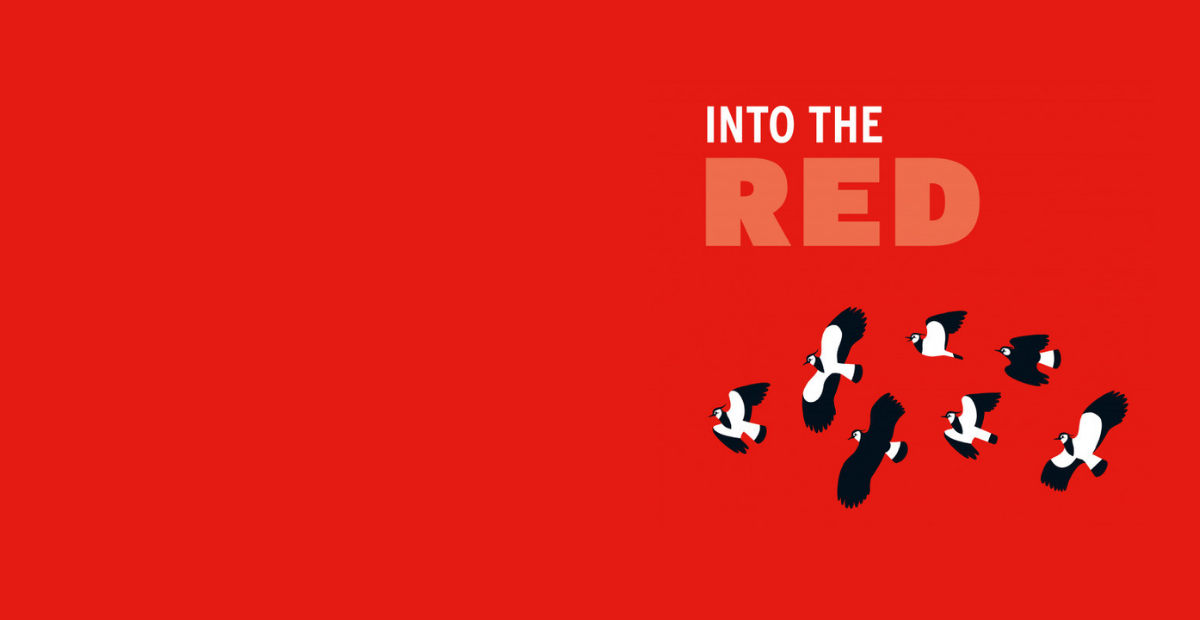
The Making of Into the Red
When 140 artists and writers come together, united by a common goal: to raise funds for the UK's most vulnerable birds.
Mike is responsible for how the BTO communicates with a range of audiences, presenting the BTO's science and monitoring work and promoting the role of its volunteer fieldworkers in the provision of data that support conservation science and inform policy. He oversees the BTO's Communications Team, covering the BTO's press, website and publishing operations.
Relates to projects
Related Publications
Over a pint or two, Kit Jewitt, Stew Graham and I discussed how to deliver a book that would bring together writers, artists, poets, actors, scientists, birders, musicians and others, to raise the profile of the birds that featured on the UK Red List. Less than a year later, on Valentine’s Day 2020, we launched the resulting book into the world and received a wave of support that secured profits of over £40,000 donated to the work of BTO and RSPB.
Red Sixty Seven was born out of necessity and a desire to do something, to raise awareness of our most at-risk birds, and to raise funds to help understand and address the declines of the 67 species that were at that time on the Birds of Conservation Concern Red List.
Polishing our brass necks
Towards the end of 2021 the Red List was updated; among the new additions were familiar species such as Greenfinch, Swift and House Martin, and many were surprised by their inclusion.
Swifts are a vital portal between the wild world and our own.From 'Swift' by Richard Mabey
Buoyed by the impact of Red Sixty Seven I felt another book calling, an opportunity to inspire more people with words and art, and to highlight both the plight of these birds and the work being done to conserve them. It was also an opportunity to work with Kit again and, as Kit says in his foreword, "we cast aside any fears of the ‘difficult second album’, dusted off our address books, polished our brass necks and got to work".
Commissions and contributors

The challenge this time was to secure the involvement of 140 new contributors who hadn’t been involved in the first book.
Making the ask for any charity project is difficult, especially at a time when the economic uncertainties make life particularly tough for those working in the creative industries. Contributors to the previous book had very generously given their time for free, and the artists additionally donated their finished pieces for an auction to raise extra funds.
This time around, though, we wanted to offer a fee to each of the 140 contributors, recognising that most of them make a living from their work, and that we shouldn't use our charitable status to secure contributions for free.
My footsteps quicken, eyes to the sky, breath bated, until the coolness of the Tyne Bridge casts over me and finally, I'm transported.From 'Kittiwake' by Heather Devey
We needed to search for an approach that was fair to all of the contributors, who varied significantly in background, income and the time required for their work. Although we could not pay for studio time, nor come close to matching the actual cost of producing a piece of artwork, we were able to offer a token payment to all contributors – both writers and artists.
The figure was guided by talking to those in the publishing industry and was based on the typical commercial fees paid for pieces of the length we were after. For the artists, the fee was for the artwork in the book, the hope being that the publicity we generate will lead to additional sales. We hope that we have got the approach right.
What monsters we must be, that we have reduced it to sit on the Red List.From 'Starling' by M.G. Leonard
Being creative and adapting to change

Nearly all of the people that we approached said yes, and as each positive reply was received we began the logistical challenge of pulling together all 140 contributions within our typically ambitious timeline.
Editing the resulting texts brought with it a weight of responsibility: the need to be true to the writer behind the words, but also to ensure that the piece fitted the allotted word length, adopted the ‘house style’, and engaged the reader. How do you suggest to a well-established writer that a particular line isn’t clear, or explain the need to cut several dozen words from a paragraph? With sensitivity, would be my response - and a good deal of tact.
An unforeseen challenge in producing the book arose with changes in the publishing landscape. Russia’s invasion of Ukraine, coupled with climate-driven wildfires, saw rapidly rising energy costs and a global shortage of paper for printing.
This placed our printer in a difficult position - costs for producing the book were going to have to go up quite significantly. They didn’t pass on all of the cost increase, which we were very grateful for, but the higher printing costs mean we weren't able to price Into the Red at the same level as Red 67.
Through to production

The practicalities of book production, which from the outside can look like a huge and daunting thing, are more mundane.
We laid out the text and artwork for each page using publishing software, and then we check and proof each spread, sign them off and send the inside pages off to the printer as a PDF. The cover artwork, endpapers and 'spot lamination' - the shiny overlay which highlights particular words or images on the cover of the book - are also sent off as PDFs. Most of this work was done by just me, Kit and Viola Ross-Smith (BTO's Science Communications Manager and our proofreader for the project). Animator Will Rose (of Hey Duggee and Peppa Pig) kindly provided the Lapwing artwork that brought the cover to life.
And then we wait! The first material to come back from the printer is a series of electronic proofs for sign-off, and then the presses start rolling. The internal pages, cover and endpapers are couriered over, still separated, in physical format - what is termed the 'fold and gathers' - which gives us another opportunity to pick up any errors before the component parts are stitched together. Then come the advance copies; if all is still well, the rest follow by truck a week or two later.
These are the most nerve-wracking stages, as anyone involved in book production will tell you. There will almost certainly be an error in there somewhere, one that has slipped through all of the checking and proofing, and you will almost certainly discover it just as soon as you have the final book in your hand! Hopefully, it will be something minor that isn’t spotted by your readers. I find them regularly in books I buy or borrow from the library, so it’s reassuring to know it is quite a universal thing.
There are facts. But facts only tell you so much about a bird. Facts won't tell you what it's like to watch a Goldeneye.From 'Goldeneye' by Stephen Rutt
Every purchase will support our Red-listed birds by contributing to the work of BTO and the Rare Breeding Birds Panel.
Letting it loose on the world
Running a pre-publication campaign on social media increases interest in a book ahead of publication, and it helps to balance the cash flow as the printer’s bill comes in.
For a collaborative venture like this, with 140 different contributors, we have a much-amplified voice on social media, especially when some of the contributors have six- or seven-figure numbers of followers on their channels! Many of these followers will be new to BTO, so just getting the message to them that particular birds are of conservation concern is a win. If some go on to purchase a copy, and through this contribute funds to help the work of BTO and, in the case of this book, the Rare Breeding Birds Panel, then that is even better.
Producing a book, especially such a collaborative one, is hugely rewarding, and you really do care about how it looks, feels, and is received. The creative process delivers something tangible in the form of the finished book, but the process itself is incredibly affirming. That 140 people are willing to help you create this thing, to give their time and creativity, makes this a uniquely shared experience.
It may be my and Kit’s name on the cover, but this is a collaborative achievement. I am incredibly proud of what we have done, together, in just under a year.
Soon, its sound will leave me, just as the bush-crickets have already left. Will you listen to it for me?From 'Grasshopper Warbler' by Nicola Davies



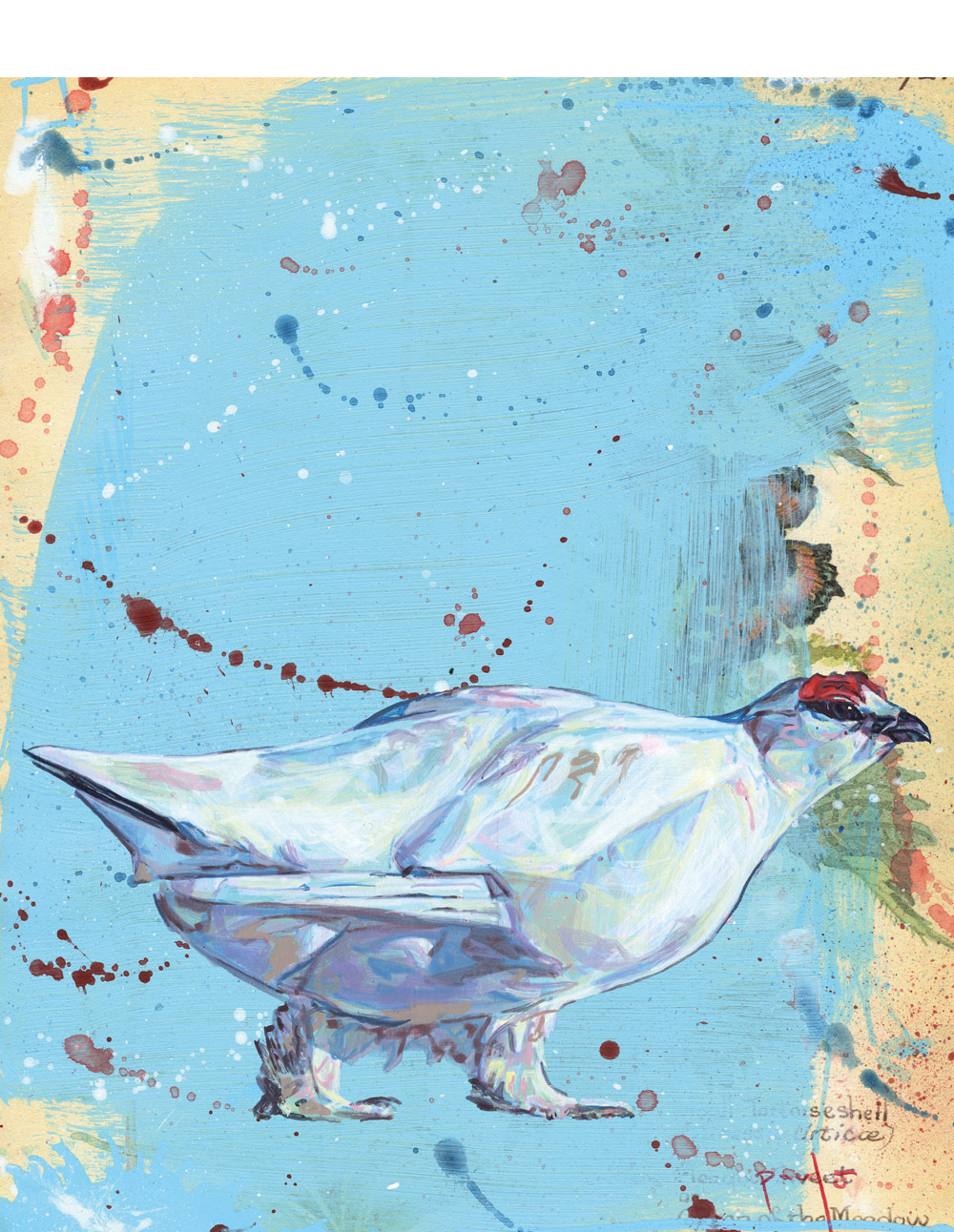
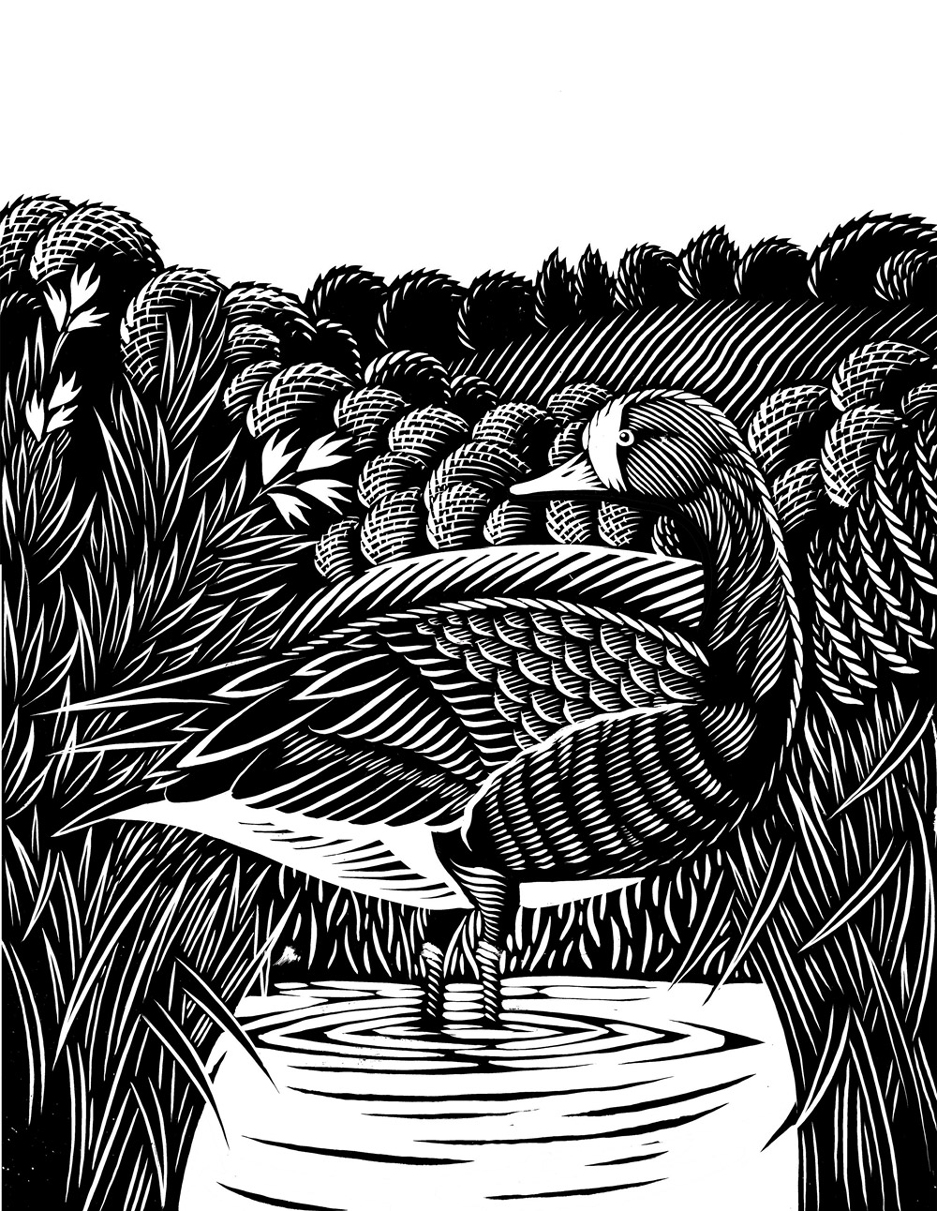
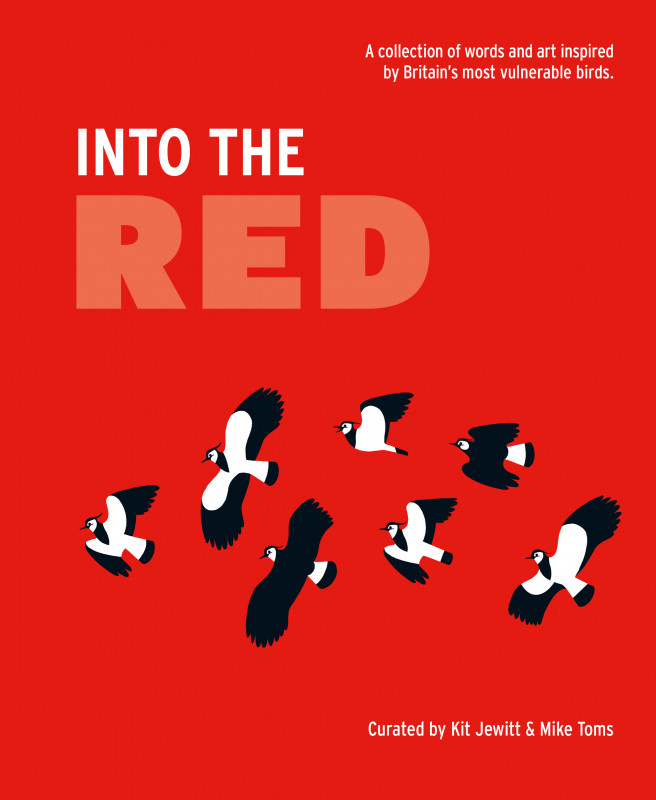
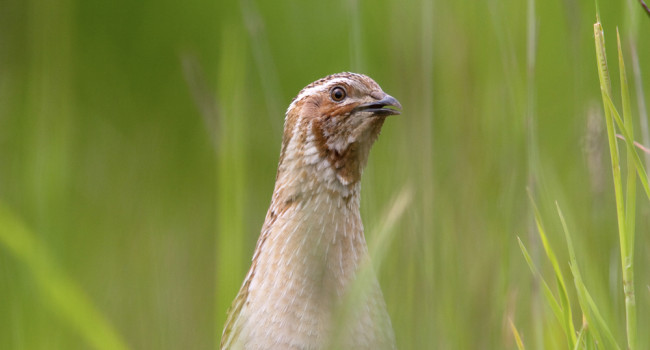
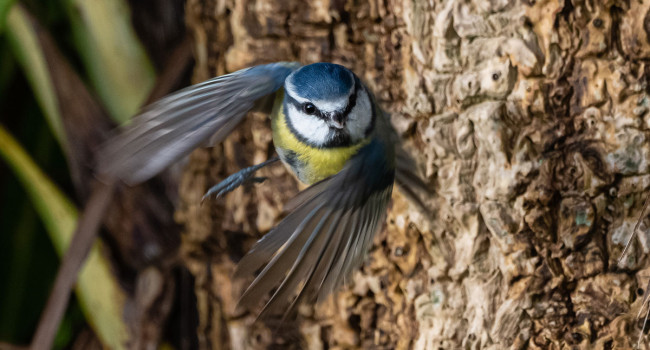


Share this page